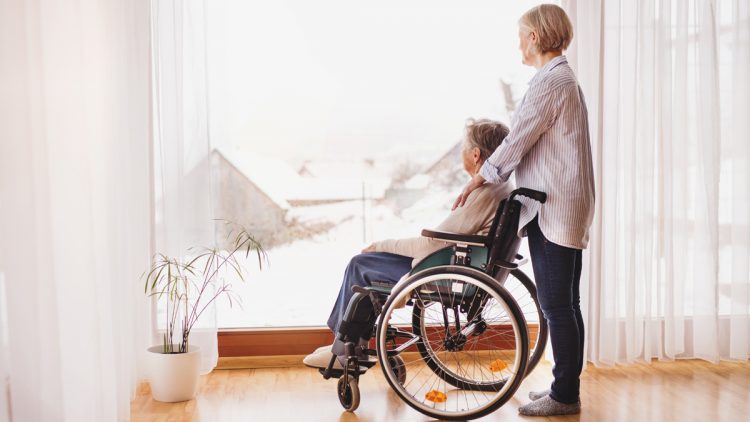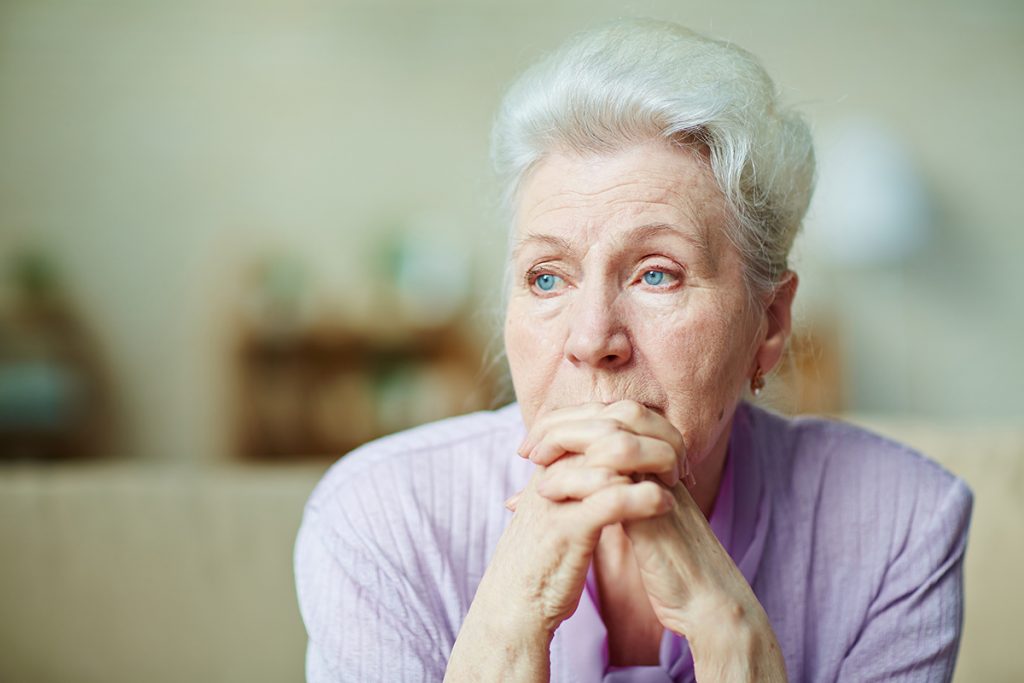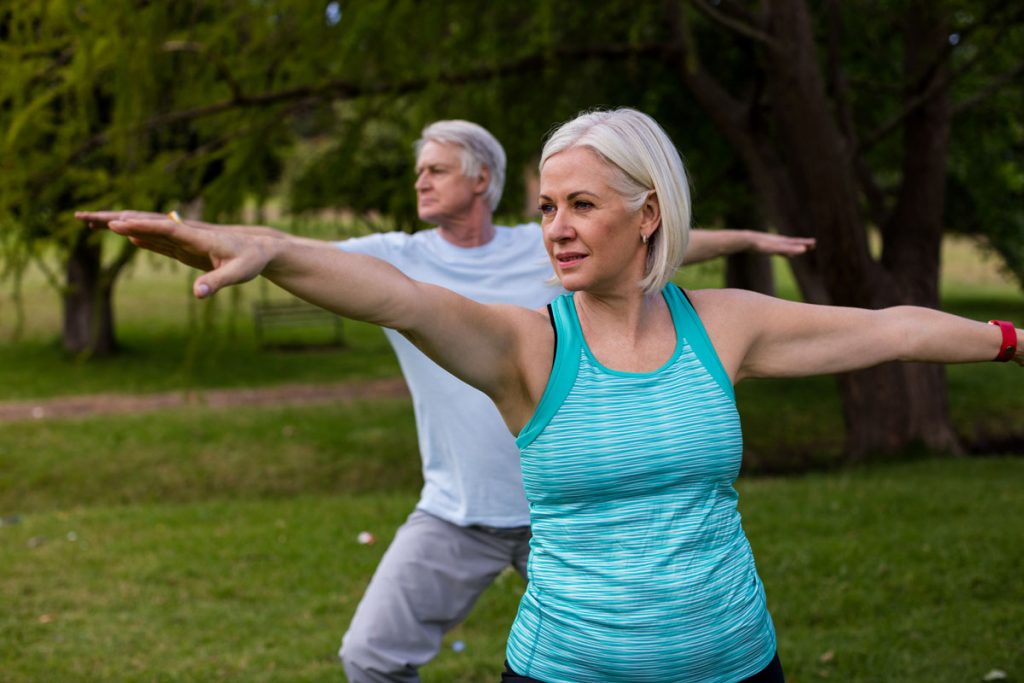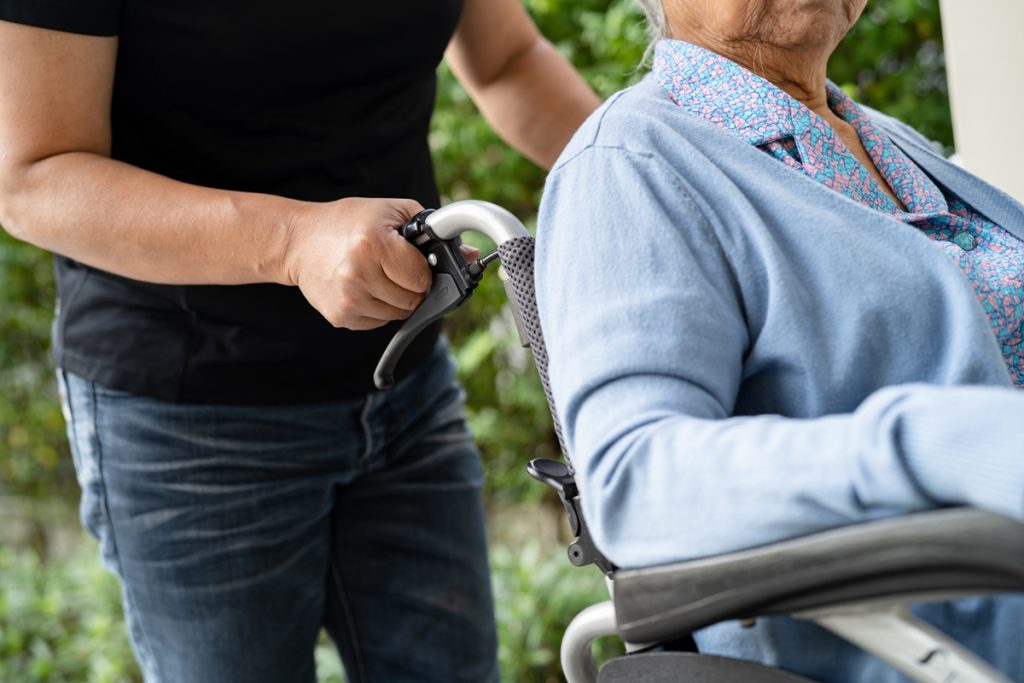What Is A Home Safety Assessment?
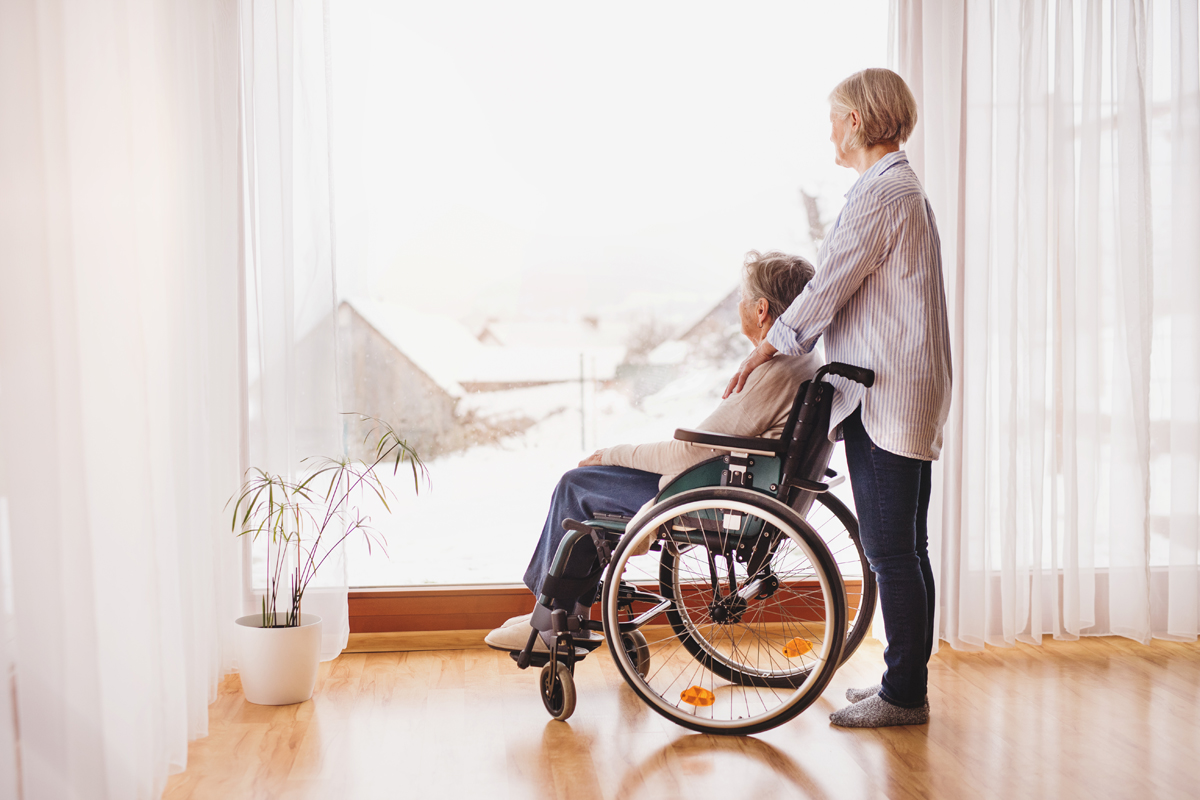
A home safety assessment is an overall evaluation of your home to identify potential hazards, especially for senior citizens.
Home Safety Assessment For Seniors
If you are an older adult or have a loved one living on their own, a home safety assessment is a great way to find and eliminate any safety concerns. This assessment is typically performed by a licensed healthcare professional, including medical social workers or occupational therapists. The assessment may include things such as home improvement recommendations. Medical professionals may recommend installing handrails and extra lighting, for instance.
Since falls are one of the most common causes of injury among seniors, these assessments are a crucial preventative measure towards improving safety. One in four Americans age 65-plus fall every year, according to the National Council on Aging. Falls are the number one cause of injury-related deaths for seniors today.
Home Safety Checklist
A home safety assessment offers a unique way to proactively assess your home’s safety. This assessment can help seniors who live independently or have an older home with potential dangers. Check out the CDC’s guidelines here for more information.
A home safety checklist needs to include the following items:
Floors
- Keep paths free of any furniture in each room of the house.
- Secure all throw rugs with double-sided tape or nonslip backing.
- Make sure there are no other objects, such as papers, boxes, shoes or blankets on the floors.
- Keep all wires securely taped or coiled next to walls.
Kitchen
- Keep most frequently used items on the lower shelves.
- Have a sturdy step stool in the kitchen, if needed.
Bedrooms
- Tub and/or shower floors should have nonstick rubber mats.
- Have grab bars to use for getting in and out of the tub.
- Grab bars can be placed around the toilet, as well.
Bathrooms
- Light(s) should be near the bed within reach.
- Light the path from the bed to the bathroom well with nightlights.
Stairs
- Remove any loose objects from the stairs/steps.
- Fix any broken or uneven steps.
- Make sure there is no loose or torn carpeting in the area.
- Have sufficient lighting above the stairways.
- Make sure there is a light switch at the bottom and top of the staircase.
- Have handrails on both sides, making sure they are not loose or broken.
- Handrails should run the full length of the stairway.
How To Get A Home Safety Assessment
Thinking about adding safety grab bars, a raised toilet seat or other modifications to prevent falls in your home? Our physical and occupational therapists provide free home safety screenings, and will make clinically guided fall prevention recommendations, as well as create a customized plan to fit your individual needs. We follow up with clinically guided installation of all of our fall prevention home safety products.
Our clinically guided solutions will ensure you and your loved ones can navigate your home environment safely and with confidence. Visit our Home Safety Solutions page to learn about the products and services we provide and install (we are licensed, bonded and insured), to help you prevent falls in your home.
Related Posts

